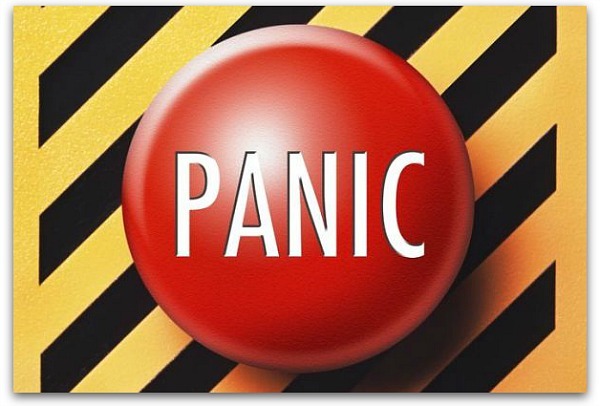3 distinct—and crucial—plans for addressing particular crises
If your organization’s leaders keep referring to some vague crisis plan, you need to give them a reality check. These are the three plans every organization must have.

This piece is part of Ragan’s Crisis Communications Guidebook, 2020 Edition. Get your copy of the full book here.
Imagine this: You are eating dinner at a major corporate event. The event serves soup for dinner, and a spoon is the only utensil you need. However, the table is set with a knife and fork. You don’t have the right tool for the job, which means you can’t eat your soup.
Why do you only have a knife and fork? Because one of the top corporate officials declared that each person needed a utensil for dinner. The terminology was flawed.
Now consider this: As a public relations expert and communications professional, you might not have the right crisis communications plan and tools because of one flawed name: “crisis plan.”
Three types of documents are generically—and incorrectly—referred to as a crisis plan. This is a confusing mistake.
Every business should have three plans (with three separate names):
1. The crisis communications plan.
2. The emergency operations plan.
3. The risk management plan.
If you are a communications professional, you need a plan specifically designed to meet your needs. However, many company leaders believe their businesses already have crisis plans.
I know this is true because of the large number of PR professionals who attempt to budget time and money to create the perfect plan, but get resistance from their corporate leaders who boldly declare, “We already have a crisis plan.” Many in PR struggle to explain the differences to their bosses.
If you face the same troubling situation, here are three things you should explain to your boss:
1. A crisis communications plan properly communicates to the media, employees, customers and other key audiences during a crisis.
A crisis is any event that could damage the company’s reputation and revenue. Some crises are the result of an emergency, such as a workplace shooting, fire or explosion. Other events, like a high-profile sexual harassment lawsuit or executive misbehavior, constitute a crisis, yet don’t have the characteristics of an emergency that requires first responders.
2. An emergency operations plan coordinates internal and external first responders in an emergency.
This is your internal responders’ instruction manual for fires, explosions and acts of violence. Should an emergency take place, the crisis communications plan would direct the public relations team to share information about the emergency with the media, employees and stakeholders. You would need both plans at the same time.
3. The risk management plan keeps the corporate supply chain functioning if there was a fire or explosion in your facility.
The risk management plan minimizes financial and logistical risks by having contingency plans for warehouses, production facilities and transportation options.
If a fire and explosion occurred, three groups of experts would execute all three plans:
- Public relations experts would execute the crisis communications plan.
- Emergency response experts would execute the emergency operations
plan. - Risk management experts would execute the risk management plan.
You’ll use the crisis communications plan every time you use the other two. But you won’t often need the other two plans when you use the crisis communications plan, such as in the sexual harassment example.
Do you have all three communication plans? Ask yourself and your corporate leaders.
Crisis communications and media training expert Gerard Braud is based in New Orleans.






